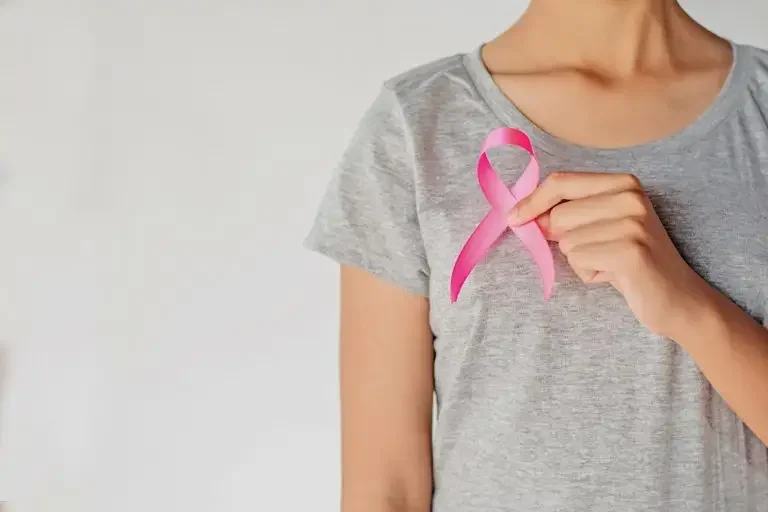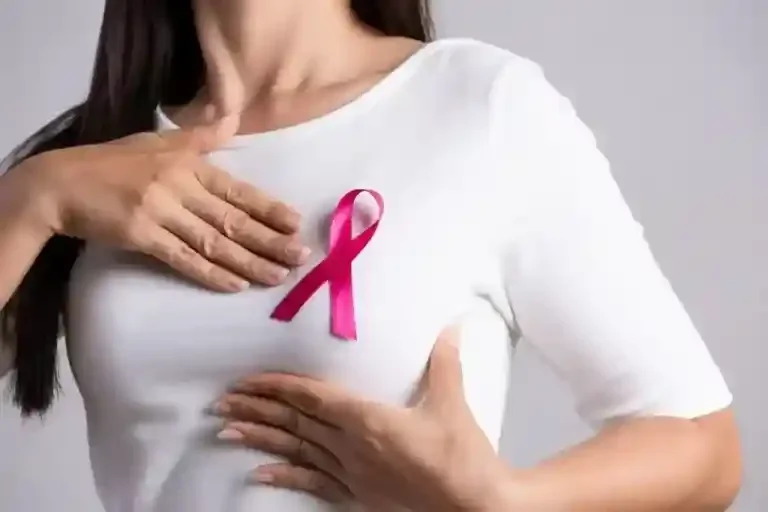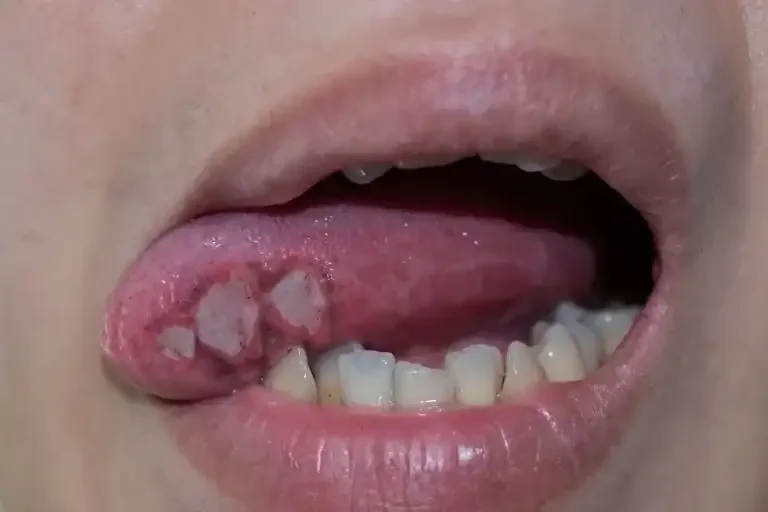BREAST cancer refers to a state wherein some cells start to grow and multiply abnormally. These cells grow at a faster pace as opposed to the healthy cells and then start to affect other body parts.
Being the second most common form of cancer in women after skin cancer, the good news about breast cancer is that it’s recovery and survival rates have improved remarkably in the past few years owing to timely detection and treatment.
While there are a number of myths that surround breast cancer treatment, symptoms and diagnosis, the most popular one is that this condition only affects women. Turns out, breast cancer can affect men as well. Although a rare occurrence in men, it is important to watch out for the signs and symptoms of this condition in both men and women.
This Breast Cancer Awareness Month, we connect with experts to learn more about the difference between breast cancer in men and women.
Dr Kanchan Kaur, spoke about the symptoms of breast cancer in women and explained how painless lumps often get missed as a major tell-tale sign. She went on to define how it is not very different from breast cancer in men, however, the occurrence is so rare that people often ignore the possibility as well.
“The one biggest myth that we face as clinicians is when some patients may feel a lump, however, since it is painless, they think it is not related to cancer. People must understand that any change in the breast, such as nipple discharge, change in shape or size of the breast, redness on the surface that fails to get treated with a routine course of antibiotics given by the physician must always be checked by an oncologist.”
“Another myth that we, as oncologists, come across, is how breast cancer is a disease of women even though it has been proven that men can get breast cancer. If we see 100 cases of breast cancer, 99 may be women but one can be a man. The symptoms of breast cancer in men are similar to those in women.
The most common being a lump in the breast (which is often painless). The sad side of the story is that since there is such low awareness around breast cancer in men, they are more likely to get diagnosed at a much later stage since no one suspects breast cancer in them,” she added.
Dr Garvit Chitkara, explained what breast cancer is and shed light on the statistics in India and survival rate of patients. As explained by Dr Chitkara, following are the common symptoms and signs of breast cancer: Painless lump in the breast or armpit, change in breast shape, dimpling in the breast skin, abnormal nipple discharge and nipple retraction or ulceration.
Dr Rohan Khandelwal, spoke about breast cancer in men and explained where and how the same starts forming.
“The common misconception about gynecomastia (male breast cancer) is the thinking that since men do not have breasts, they can’t get breast cancer.
However, in truth, we all have breast tissues. Usually, men have broader chests (bigger than normal) due to fat, but sometimes men can also develop breast gland tissues. Breast cancer can generate in any area of the breast. In men, it’s generally found near the nipple.
Breast cancer can develop anywhere from breast bone to the armpit or even the collarbone region. Early detection, timely examination, healthy life management can improve the prospect of survival in breast cancer patients,” he said.
Dr Meghal Sanghvi, Consultant Surgical Oncologist at Wockhardt Hospital (India) described the symptoms of breast cancer in men, the risk factors involved and also shared some tips for women with respect to breast cancer management.
“Breast cancer in men is rare — only one percent of cases occur in men. However, its signs remain the same for both sexes — for instance painless breast lump, blood discharge from nipple, axillary lump or swelling, breast eczema and skin redness or any ulcer over the breast or on the nipple.
The risk factors for men and women include genes and family history of breast cancer and radiotherapy. For women, history of ovarian cancer in the family, early menses, late menopause and long term continuous hormonal therapy could add to the risk of getting breast cancer. Obesity, alcoholism and smoking are also major risk factors.
“Immediate precautions for women can be regular self-breast examination after the age of 30, annual mammographies above 40 and clinical breast examination once a year by a qualified breast surgeon. For men, screening is not recommended.
And factors which reduce the risk of getting breast cancer are breast feeding your child for six months, eating a balanced diet, maintaining an ideal body weight, and avoiding drinking and smoking,” Dr Sanghvi concluded.
Source: https://www.timesnownews.com/health/article/breast-cancer-awareness-month-breast-cancer-in-men-and-women-mammograms-cancer-cancer-in-women/821003












